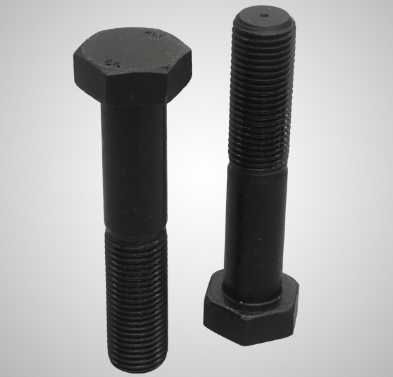Threaded connections with bolts and nuts are common in fastener applications. In order to ensure the strength of the connection, self-locking nuts are generally used, or additional mechanical locking is used to prevent loosening. The installation of threaded fasteners is also very simple, as long as there is enough torque to achieve the pre-tightening force at the interface, but there are still many people who are not sure whether they should be tightened by nuts or bolt heads.
1. Should torque be applied to the bolt head or the nut when tightening? 、Is the torque applied to the bolt head or the nut the same result? In fact, there is no fixed answer. In some cases, it is completely acceptable to tighten the bolt head while fixing the nut in place. However, in some applications, tightening the nut is the only feasible criterion depending on the application (projection welded bolt or projection welded nut), the structure of the product itself, as well as the material and installation conditions.
In some applications, you can apply torque to the bolt head or nut and maintain a tight connection; but in the following application conditions, I am afraid that torque can only be applied to one of the components: the interference fit is in the hole of the interference fit, and the nut should be Apply torque to install.

2. The bolt head and the nut have different shapes and diameters. When the bolt head and the nut have different shapes (such as hexagonal head bolt formula nuts) or obviously different diameters, it is better to apply torque on the side with the smaller load-bearing surface. For example, if the bolt head is smaller than the nut, torque should be applied to the bolt head. It can be simply understood as exerting strength in small places and bearing strength in great places.
3. Different materials. When two different materials need to be clamped together, it is better to apply a tightening force on the material with a lower friction coefficient, that is to say, apply a torque on the side that may produce small friction to tighten.
4. Application of long bolts When torque is applied to the head of a long bolt, the problem of twisting and winding is very easy to occur. Therefore, in this case, applying torque to the nut will help avoid this problem. In one application, the nut is a flanged nut, but the bolt head does not, which means that the friction radius on the nut side is larger than the bolt head side.
If the tightening torque is determined when the nut is to be tightened, then if this torque is used to tighten the bolt head, an overload problem may occur. Generally, nearly half of the torque needs to be used to overcome the friction under the fastening surface, so a smaller friction radius will cause more torque to enter the threaded connection and cause over-tightening problems. The reverse is also true, assuming that the torque is determined based on the tightening of the bolt head. If the nut is tightened, that is, the torque is applied to the side with a larger friction radius, which will result in insufficient pre-tightening force at the input threaded connection. May cause loosening problems.









